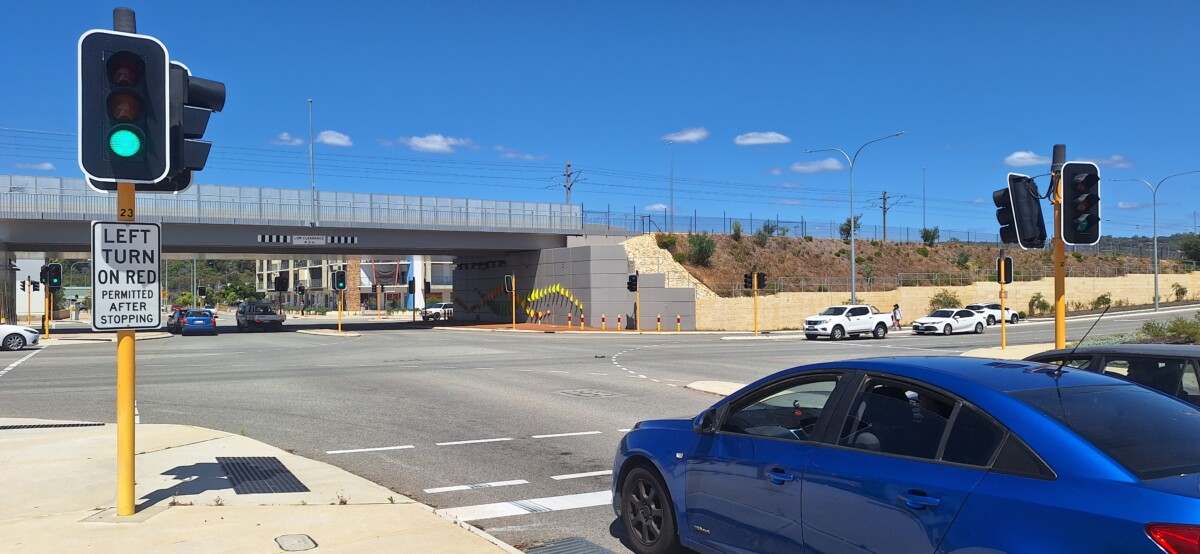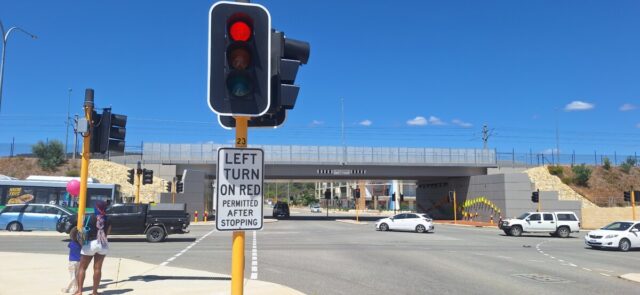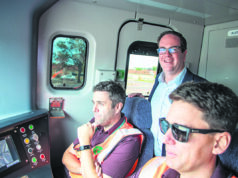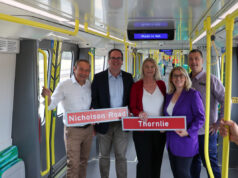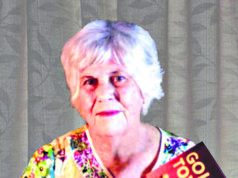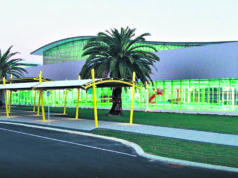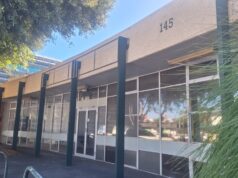A deceptive traffic sign which mysteriously appeared over the weekend on the corner of Third and Railway Avenues in Kelmscott has been removed by Main Roads.
The ‘left turn on red’ sign was spotted at the notorious intersection by a local and shared on social media, causing widespread confusion and condemnation.
“This is not good! What about changing the lights over and adding a drop-down green arrow instead of confusing the shit out of everyone,” one person suggested.
“This is Perth, there will be an endless amount of crashes now. May work in other states and countries but not here when people can’t drive. Can’t wait to see all the people being T- boned,” another remarked.
“Towies will be there picking through the carcasses,” someone else added.
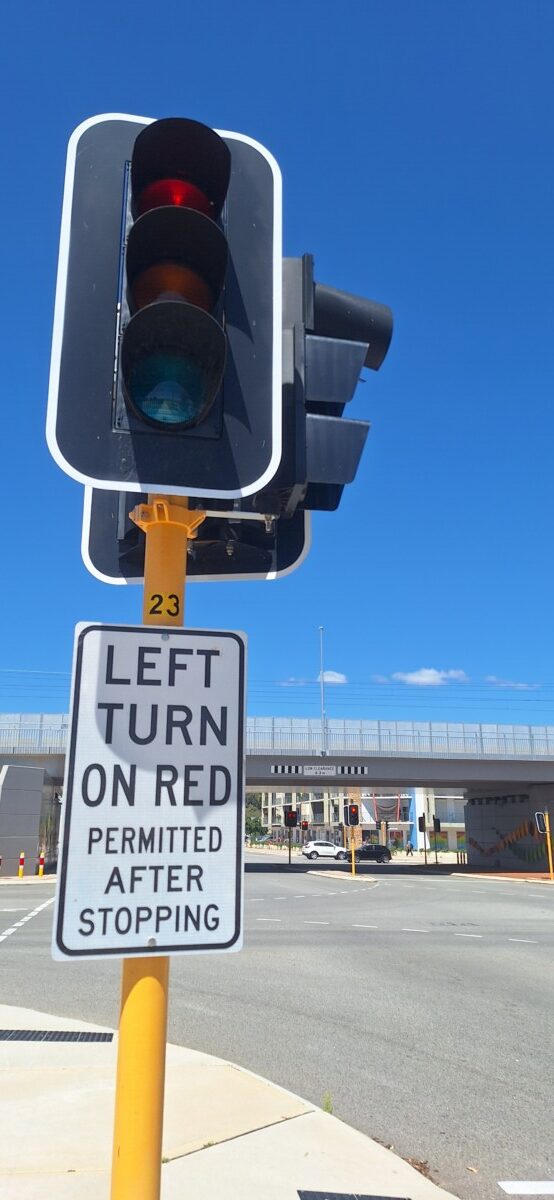
According to WA’s Road Traffic Code (2000), a driver may turn left on a red light at an intersection where there is a ‘left turn on red permitted after stopping’ sign in place.
The same signs do feature in limited situations in other states and territories.
But Main Roads spokesperson Dean Roberts said not a single ‘left turn on red’ sign has ever been installed in WA.
“The ‘left turn on red’ sign on Third Avenue in Kelmscott is unauthorised and will be removed later today,” he said, when The Examiner inquired on Monday morning.
“The sign was not authorised or installed by Main Roads.
“The practice of allowing a left turn on a red traffic signal is allowed in some other Australian road jurisdictions on certain roads, but has not been adopted in Western Australia for safety reasons.
“Much of the WA road network has left-turn opportunities at signalised intersections with dedicated left-turn pockets controlled by a ‘give way’ sign.”
It’s not hard to see why the community was duped by the fake sign; the Examiner got a chance to look at it up close before it was removed and it had a remarkably authentic appearance, down to the materials and font used.
Mr Roberts said Main Roads has no idea who installed it, when, or why. And without video evidence, they’re unable to conduct an investigation into the incident.
“But it was a very dangerous prank, if that’s what it was,” he said.
“If Main Roads ever did install one of these signs, there would be a large campaign to communicate the change and explain it properly to the public.”
